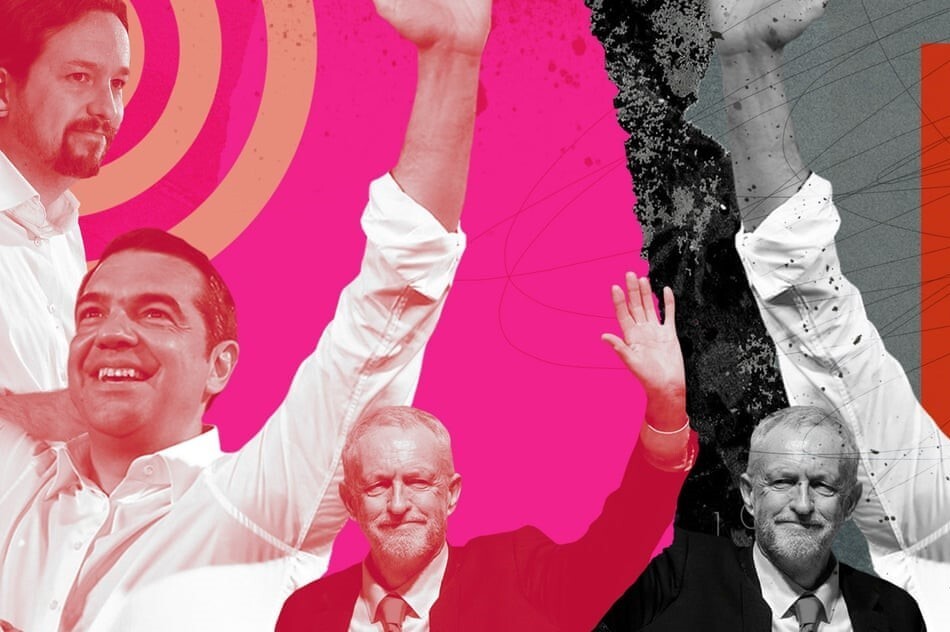Samuele Mazzolini
Exactly ten years ago, on the occasion of the European elections, a new party appeared in Spain, founded only a few months earlier in the Madrid neighborhood of Lavapiés. The feat, for a party that had just been born and composed almost exclusively of young precarious academics, was enormous: Podemos obtained nearly 8% of the votes and 5 Members of the European Parliament in its first electoral round. The strategy adopted to burst onto the political scene was openly devoted to left-wing populism, inspired, according to its founders, by the philosophical legacy of the Argentine theorist Ernesto Laclau. Leveraging the popular fervour sparked by the protests of the indignados a few years earlier, Podemos stood out for its adoption of a highly polarising rhetoric: on one side, the elite, dubbed the "caste," and on the other, the people, of which Podemos presented itself as the standard-bearer, affected by the socio-economic crisis and victim of mismanagement both by the center-right and the center-left. Unlike the radical left, Podemos adopted a different political grammar, appropriating elements of common sense and even invoking patriotism, while traditional symbols and slogans were neglected, considered ghettoising and of little appeal.
Podemos thus became the archetype of left-wing populism in Europe. However, its case was not the first on the continent, as the political evolution of SYRIZA in Greece, which led it to govern the country, has been interpreted by several scholars through the prism of populism, although the term was never explicitly claimed by its leaders. Other formations have subsequently resorted to the toolkit of left populism, albeit with different degrees. Among these, we should mention La France Insoumise in France, the Labour Party under the leadership of Jeremy Corbyn in Great Britain, Die Linke in Germany, Levica in Slovenia, and the Dutch Socialist Party. The adoption of a populist strategy has been, in those same years, a subject of debate, often heated, within the leftist world. On one hand, proponents of this approach have emphasised that populism allows for easier connection with the lower-middle class, impoverished by the crisis and globalisation processes, but now estranged from a twentieth-century conception of politics. On the other hand, its critics have often pointed out the abandonment by left-wing populism of the theme of class, as well as the insistence on a purely media-based register focused on the figure of the leader, capable of generating initial consensus but largely ephemeral and ineffective in the long run.
It is worth remembering that left populism in Europe has been heavily influenced by Latin American experiences. The so-called "pink tide," the leftward turn that began at the end of the last century and involved several countries in Latin America, was a heterogeneous phenomenon involving politically very different parties, but its main axis was undoubtedly represented by the populist governments of Venezuela, Bolivia, Ecuador, Argentina, and, with some distinctions, Brazil. Unlike Europe, here left populism, itself heir to a long tradition although never explicitly expressed in such progressive terms, established a true cycle. Consecutively victorious at the electoral level for almost a decade and a half, Latin American left populism has been praised for enacting redistributive public policies that have curbed the excesses of the neoliberalism of the previous decades. However, it has often been accused of authoritarianism, excessive dependence on its leaders, as well as poorly judicious macroeconomic management, albeit not uniformly.
In any case, both paths, the European and the Latin American ones, have reached a dead end for some years now. In Europe, left populism, after the vitality shown at the beginning, seems not to have been able to solve the impasses that have weighed on the left for a long time, thus failing to respond to the problem of dispersion into particularisms and the difficulty of creating a popular will strong enough to impact historically. The different paths attributable to left populism have weakened or lost their way, while right populism continues to achieve success. In Latin America, the situation is more complex, but the pink tide cycle is now considered over. Left populism—if it can still be called that—has remained in power continuously only at the cost of an anti-democratic turn as in Venezuela, while where the left has returned to power, the difference with the left-wing populism of the early 2000s is palpable.
In light of the analysis, several questions emerge. Ten years after the rise of Podemos and twenty-five years after Hugo Chávez came to power in Venezuela, what have been the successes of left-wing populism? What are its limits? Does it still represent a promising practice for emancipatory politics? What theoretical lessons remain? Are we witnessing an exhaustion of its mobilising capacity, and if so, what are the reasons? These are the topics that will be addressed at the conference "What’s left of left populism? Theoretical and empirical reconsiderations" organised by Polidemos - Center for the study of democracy and political changes, which will take place on 23 and 24 May at ASERI (Graduate School of Economics and International Relations) of the Catholic University of the Sacred Heart in Milan (via San Vittore, 18).
Samuele Mazzolini is a Researcher in Political Science at Ca' Foscari University of Venice and a Senior Fellow at Polidemos.


